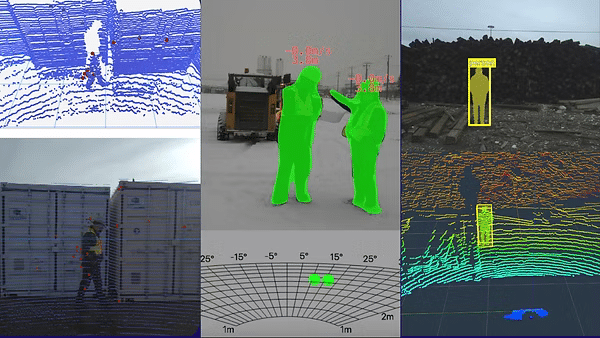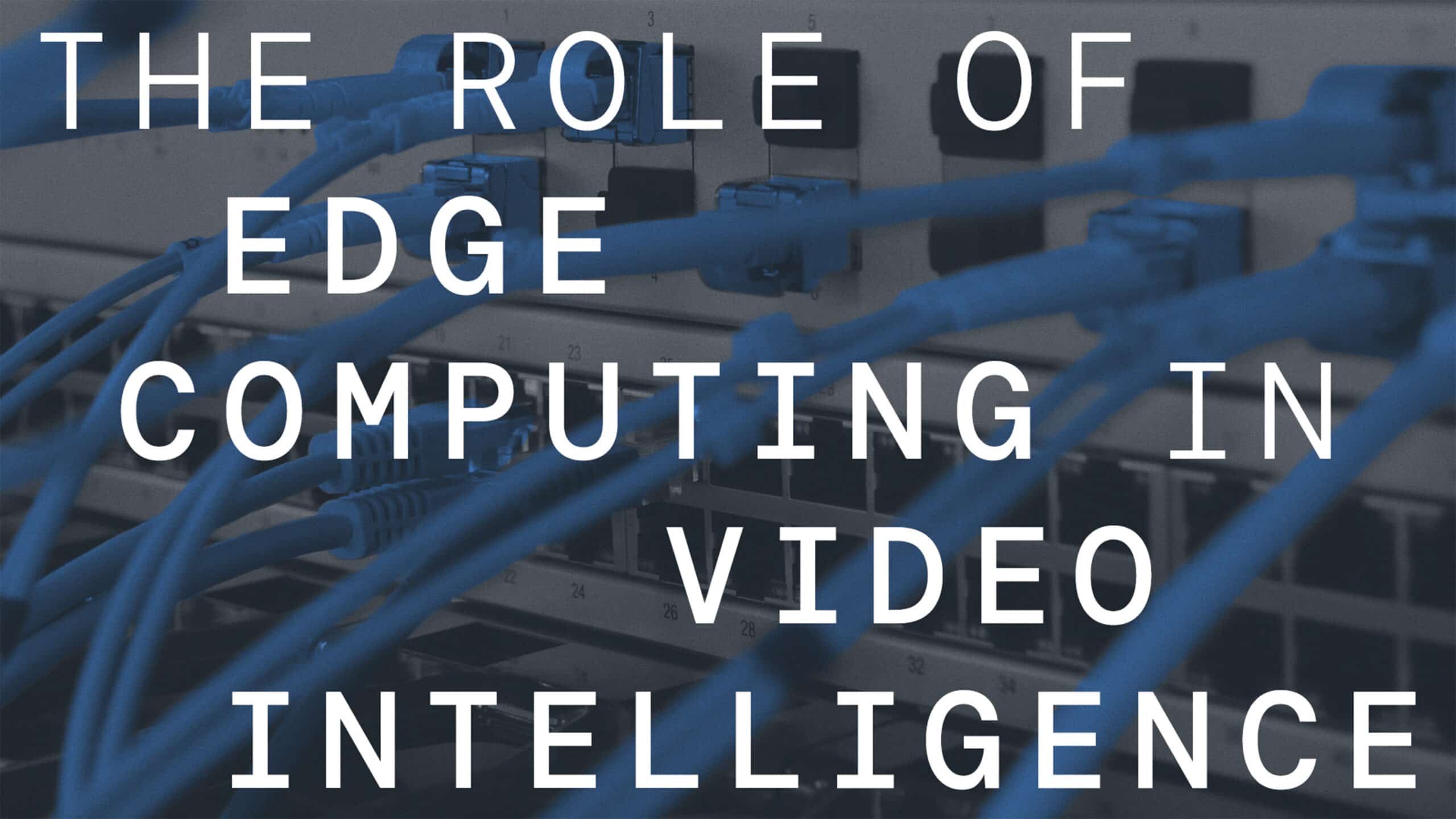The architecture shift powering next-gen industrial AI
This blog post was originally published at Arm’s website. It is reprinted here with the permission of Arm. How Arm is powering the shift to flexible AI-ready, energy-efficient compute at the “Industrial Edge.” Industrial automation is undergoing a foundational shift. From industrial PC to edge gateways and smart sensors, compute needs at the edge are changing fast. AI is moving […]
The architecture shift powering next-gen industrial AI Read More +











